 According to a survey by Zogy International for MetLife Auto and Home, 31% of homeowners don’t know how much their home is insured for. Not only do we not know how much it’s insured for, most don’t understand that there are two very different coverage scenarios: Market Value and Replacement Value. In recent years with the home market decline and plummeting home market values, Market Value policies have become more common. As well, deeply discounted homeowners’ policies leave a lot of coverage on the table, coverage that could mean the difference of tens to hundreds of thousands of dollars.
According to a survey by Zogy International for MetLife Auto and Home, 31% of homeowners don’t know how much their home is insured for. Not only do we not know how much it’s insured for, most don’t understand that there are two very different coverage scenarios: Market Value and Replacement Value. In recent years with the home market decline and plummeting home market values, Market Value policies have become more common. As well, deeply discounted homeowners’ policies leave a lot of coverage on the table, coverage that could mean the difference of tens to hundreds of thousands of dollars.
The following definitions of Market Value and Replacement Cost will help to ensure that you can have a knowledgeable conversation with your insurance agent about the coverage for your home and obtain the proper coverage you deserve.
Market Value Policies
Some insurance companies will offer what is called a Market Value type of policy. It is also known as a “Functional Replacement Cost” or “Modified Loss Settlement”. Market Value is the amount a buyer would pay for a home, including the land regardless of how much it would cost to rebuild it. Many factors enter into the Market Value of a home; a desirable neighborhood, the condition of the home, scenic views, quality of the school district, weather pattern, size of the lot, etc. Market Value policies were generally only used for older, very well maintained homes where the cost to rebuild them was far, far greater than the market value.
Market Value policies affect the loss settlement on a homeowners policy. Every company has a different definition of what a Market Value policy will cover; but in general the coverage will provide the homeowner who has a partial loss with repairs that will be done on a basis of “like kind and quality”, which simply means repair or replacement will be done with commonly available materials and methods (so drywall in place of plaster walls for example). The company will pay only up to the amount of coverage stated on the policy.
Be careful when considering such coverage and be sure to discuss the coverage in detail with your insurance agent. Make sure that you understand the loss settlement thoroughly to make sure that this is the right type of policy for you.
Replacement Cost Policies
Replacement cost is the cost to actually rebuild your home. It is not the home’s purchase price less the value of the land, the outstanding amount owed on the mortgage loan, or the assessment for taxing purposes. Replacement costs will include the material (lumber, roofing shingles, siding material, carpet, drywall, etc), the labor costs, site supervision, architect’s services, the contractor’s profit and overhead, and the foundation. Keep in mind that changes in building codes may prohibit rebuilding on the current foundation.
There are several ways to obtain a replacement cost estimate on your home. Building contractors or professional replacement cost appraisers are a good source for obtaining the estimated replacement cost of your home. Estimates from these sources should reflect your home’s features, like upgraded bathrooms and kitchens (granite, custom cabinets, built in appliances), finished basements, specialty rooms, custom molding, built-in bookshelves, arched and specialty windows, and many other unique features. If you are unable to obtain a detailed estimate from these sources, your independent insurance agent can discuss other options for estimating the replacement of your home.
If and when you do renovations or additions to your home, be sure to let your agent know, as this may change the replacement cost of your home. It’s the homeowner’s responsibility to make sure the home is insured for full replacement cost.
At R&R Insurance, we recommend to all of our personal lines customers that they insure their home for at least 100% of it’s replacement cost. Get an estimate for the cost to rebuild the home and then insure your home for that amount! For most homeowners, insuring at the correct coverage amount will have a minimal affect on the homeowners insurance premium. Wisconsin residents: Contact us for a quote today! We have dozens of markets eager to write your homeowners insurance.
 The SBA has in place a Surety Bond Guarantee Program which helps contractors qualify for bonding. This offer will reduce risk for the bonding company, and will enable more contractors to qualify. R&R bonding division is available for any bonding needs or questions you might have. Contact our bond knowledgebroker Jay Zahn for more information.
The SBA has in place a Surety Bond Guarantee Program which helps contractors qualify for bonding. This offer will reduce risk for the bonding company, and will enable more contractors to qualify. R&R bonding division is available for any bonding needs or questions you might have. Contact our bond knowledgebroker Jay Zahn for more information.





